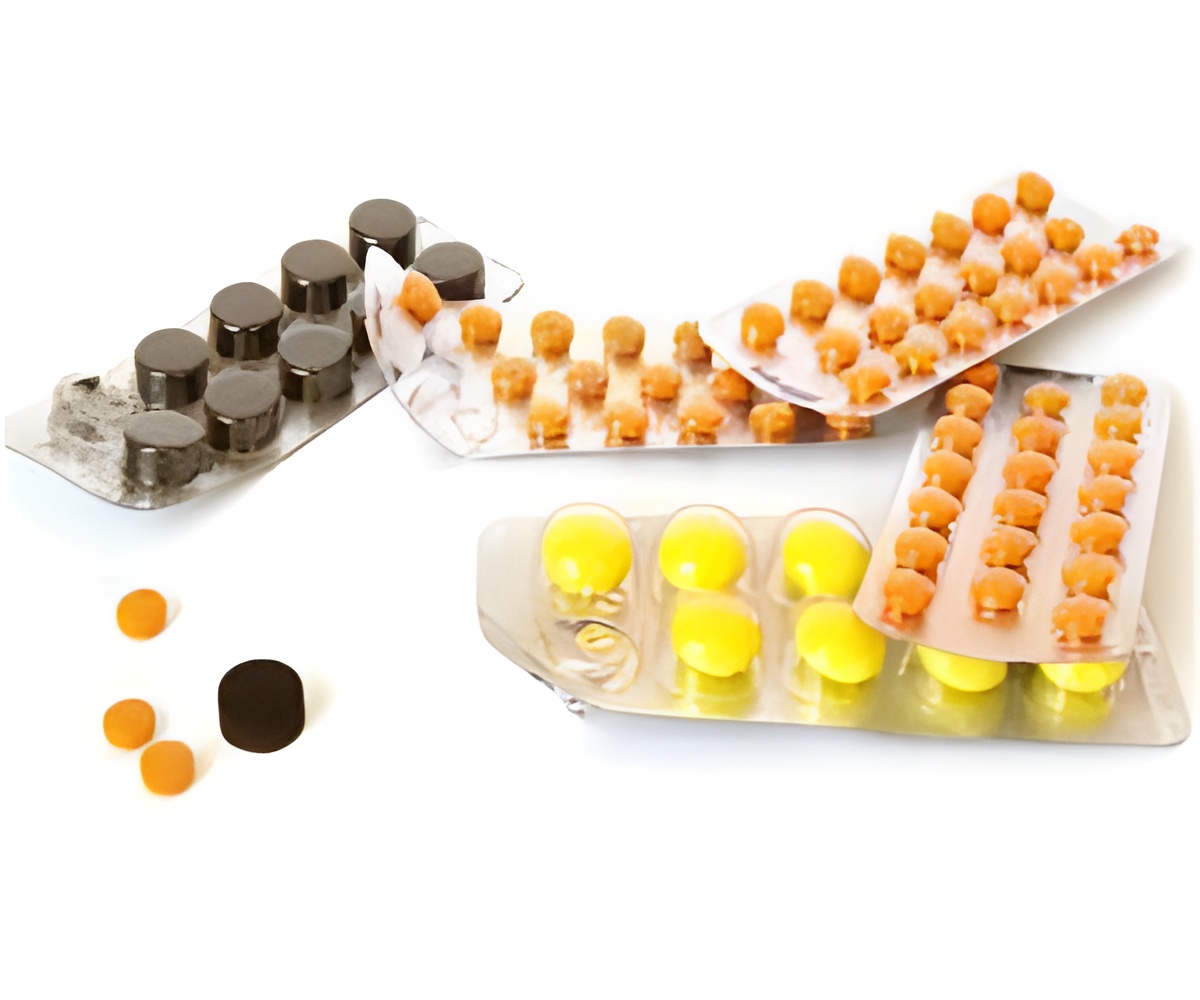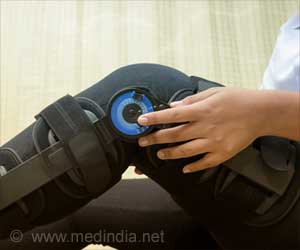A novel technique to confront the problem of antibiotic resistance is published in JoVE, the Journal of Visualized Experiments.

"We report a novel, nanomechanical approach to investigate the workings of vancomycin ... one of the last powerful antibiotics used to combat increasingly-resistant infections such as methicillin-resistant Staphylococcus aureus (MRSA)," said Ndieyira.
Using tiny cantilevers (or beams) no wider then a human hair, Ndieyira and his colleagues take advantage of the cellular stress that antibiotics, when effective, impose on a target bacteria's cell wall. Such stress in turn causes the cantilevers to bend. Using lasers, the bending can then be measured-providing tremendous insight into the drug-target interaction.
According to Ndieyira, the cantilever technology confronts a growing problem of multidrug-resistant hospital superbugs. It could aid in the drug discovery process by preventing lead-drug candidates from being disregarded due to a lack of equipment with sufficient sensitivity, and its hope is to jumpstart an already stagnated drug-pipeline by providing this sensitivity in an efficient manner-the cantilever method can simultaneously measure and track a variety of drug-bacteria interactions in real time.
"The cantilever assays provide a resolution that simply cannot be obtained with conventional methods, such as those using fluorescence," said Ndieyira, "For example, cantilever sensors can resolve forces of ~10 pN, which is sensitive enough to detect the rupturing of individual hydrogen bonds." According to the article, a single hydrogen molecule can be the difference between drug-susceptible and drug-resistant bacteria.
The cantilever technique is currently under review in the science journal Nature for its clinical use in a microchip. "This prototype will provide a platform for more sensitive measurements, enabling results in early detection of infectious diseases, rapid identification of a host of new biomarkers, and for the engineering of portable diagnostic tools," said Ndieyira. He also described the technique as a possible alternative for drug experimentation on animals.
About JoVE, the Journal of Visualized Experiments:
Source-Newswise
 MEDINDIA
MEDINDIA



 Email
Email






